
Introduction
When it comes to sewing, zippers play a vital role in creating garments or other fabric-based projects. They provide a convenient way to open and close a garment while adding functionality and style. Fabric sewing zippers are available in various types, sizes, and materials, making it easy for sewers to select the perfect zipper to match their project needs.
Types of
Fabric sewing zippers come in different types, each designed for specific applications. Here are some of the most commonly used zipper types:
Conventional Coil Zippers
Also known as nylon coil zippers, these are the most common type of zippers used in fabric sewing. They consist of interlocking nylon or polyester coils, making them flexible and durable. Conventional coil zippers are available in various colors and sizes, making them suitable for a wide range of projects.
Invisible Zippers
Invisible zippers are designed to be concealed within the seam of a garment, providing a seamless and sleek look. They have smaller teeth and a pull tab that remains hidden when the zipper is closed. Invisible zippers are commonly used on dresses, skirts, and other formal wear where the presence of a zipper may disrupt the overall appearance.
Metal Zippers
Metal zippers are known for their strength and durability. They are made of metal teeth or coils interlocking together, providing a secure closure. These zippers often have a vintage or rugged look, making them perfect for denim jackets, leather garments, or bags.
Separating Zippers
Separating zippers are designed to completely separate the two sides of a garment. They are commonly used in jackets, hoodies, or any other garment that needs to be fully opened. These zippers have a built-in bottom stop that prevents the zipper from fully detaching when opened.
Waterproof Zippers
Waterproof zippers are coated or laminated with a waterproof material, making them suitable for outdoor gear, sportswear, or any project that requires protection against the elements. These zippers ensure that no water seeps through the garment, keeping the wearer dry and comfortable.
Choosing the Right Zipper
When selecting a fabric sewing zipper, it’s important to consider the type of fabric, the purpose of the project, and the overall design aesthetic. Here are a few things to keep in mind:
- Consider the zipper length: Measure the required length of the zipper by determining where it will be placed on the fabric.
- Select the appropriate zipper type: Evaluate the project requirements and choose the zipper type that best suits your needs (e.g., conventional coil, invisible, metal, separating, or waterproof).
- Choose the right color and finish: Make sure the chosen zipper complements the fabric color and matches the overall design of the project.
- Check the zipper quality: Ensure that the zipper is sturdy, slides smoothly, and has consistent interlocking teeth/coils.
Conclusion
Fabric sewing zippers are an essential component when it comes to creating garments or fabric-based projects. With various types to choose from, sewers can find the perfect zipper to match their specific needs. By selecting the right zipper, you can ensure a functional and aesthetically pleasing result for your sewing endeavors.
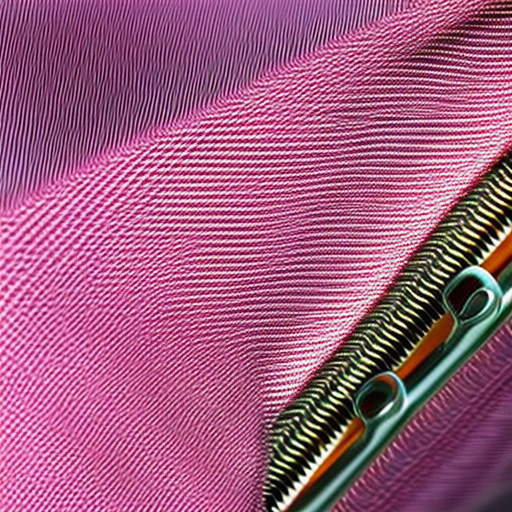
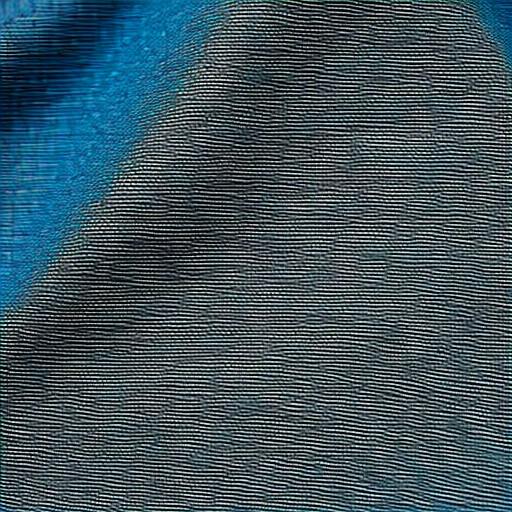
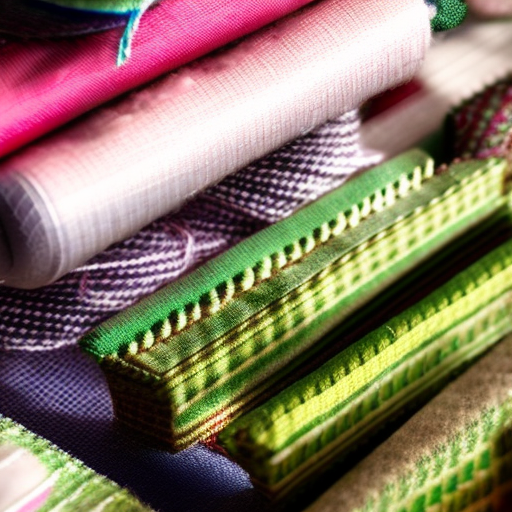
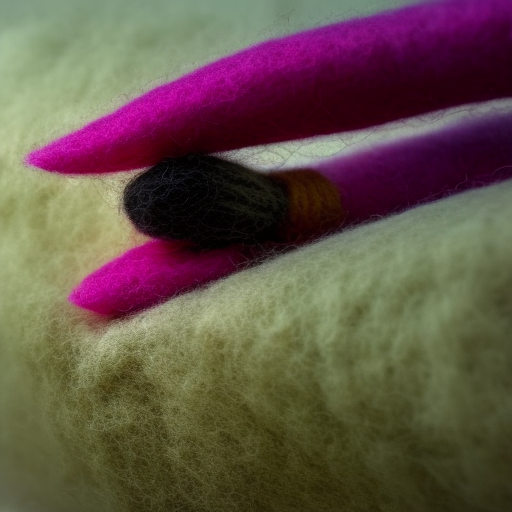
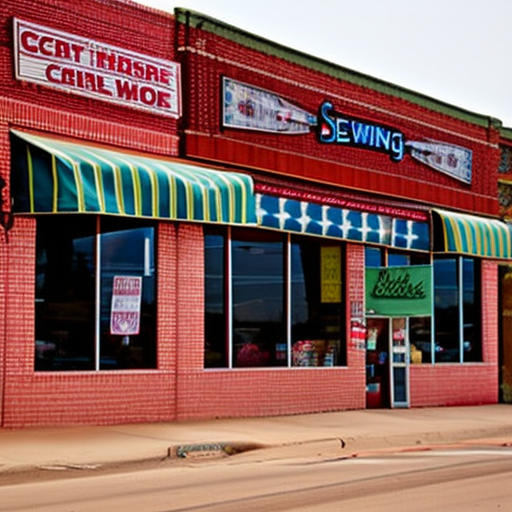
I’m so excited to try this out.
Kris Mendoza: I definitely need to brush up on my sewing skills!
This is great for practicing different sewing techniques – zippers are always tricky but with this tutorial you’ll be conquering them in no time! #Sewing #Fabric #Zippers
Zippers can open up a world of possibilities when it comes to different clothing designs, so great tutorial! I’m definitely going to try this out.